Tygron and Artificial Intelligence
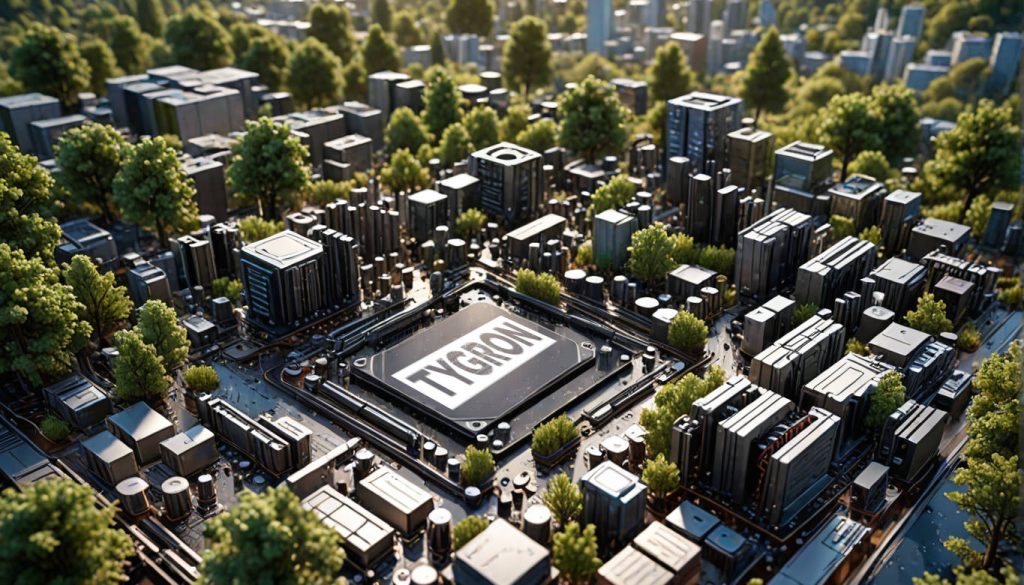
by Maxim Knepfle, CTO Tygron Artificial Intelligence (AI) is hot, and it seems that everyone needs to implement some sort of AI. But what does AI entail, what is the […]
Unlocking the Power of High-Performance Computing for Complex Engineering Projects
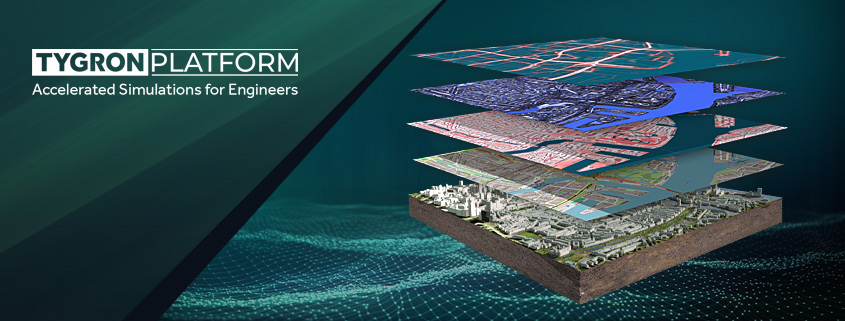
Introduction to High-Performance Computing (HPC) Engineers are dealing with large amounts of data to face the challenges of increasingly complex use-cases in built environments. There is a lot of information […]
The 3 reasons why the Tygron Platform is an indispensable addition to the toolbox of GIS-experts
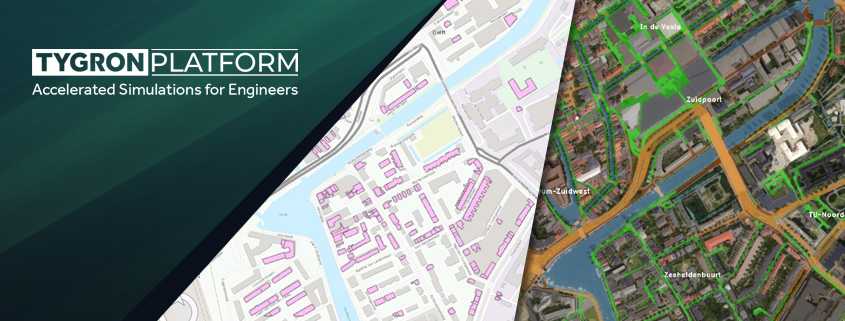
As a GIS expert, you are familiar with the power of traditional GIS tools such as QGIS and ArcGIS. These tools are excellent for collecting, managing, and visualizing geographic data. […]
From GIS to Advanced Modeling: Get More out of your GIS Data with the Tygron Platform
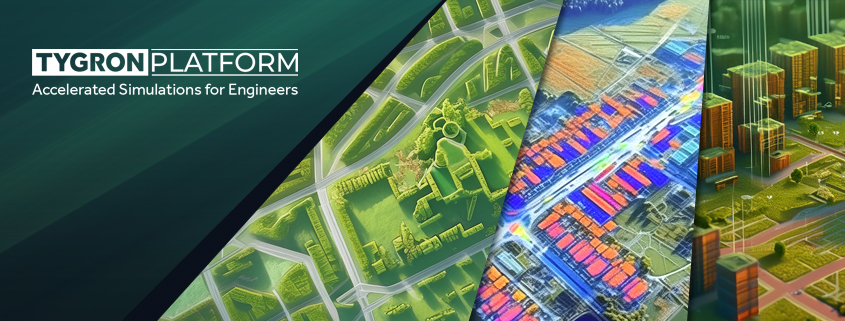
The Tygron Support team often receives the question: we already have GIS software, why should we use the Tygron Platform? In this article, we describe the differences, overlaps, and complementarities […]
Scalable Digital Twin technology for Urban Development

Urban planning is becoming increasingly complex due to high housing demand and the need for healthy living environments. The main challenge is integrating and visualizing all data and simulation models […]
Enhancing Your Workflow with Tygron’s Python SDK
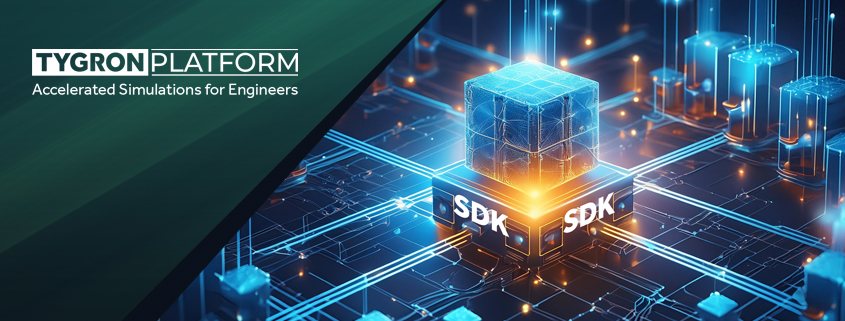
In any organization, there are well-established processes, workflows, and tools that experts in their domains rely on. You’re familiar with these systems and prefer enhancing your workflow rather than replacing […]
The Technological Backbone of the Tygron Platform: GPU Power, Interoperability, and GIS-Based Modeling
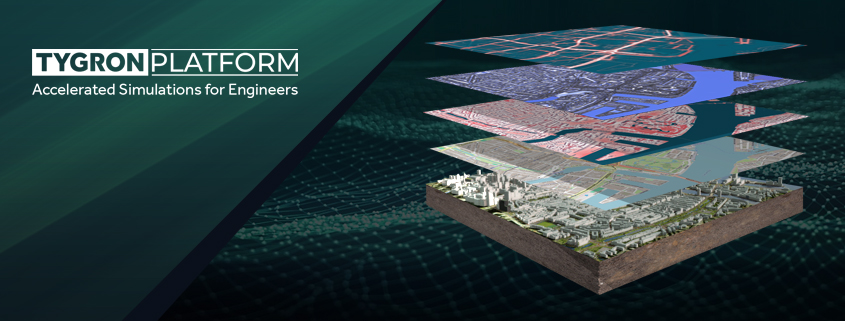
At Tygron, we understand that as an engineer, you aim to stay at the forefront of technological innovation, seeking robust solutions tailored to meet the demanding needs of modern engineering […]
Feeding the Beast

by Maxim Knepfle, CTO Tygron At the NVIDIA GTC Conference I visited several presentations that touched on a very interesting subject: The need to see the GPU as a throughput […]

